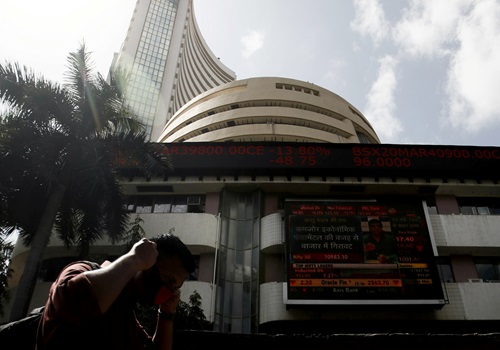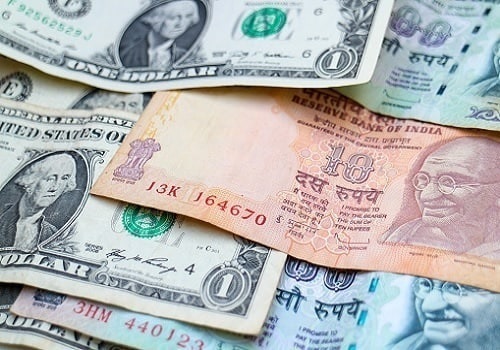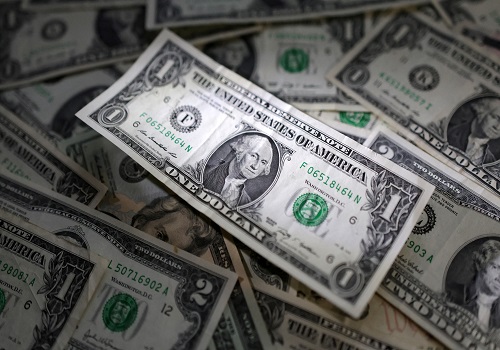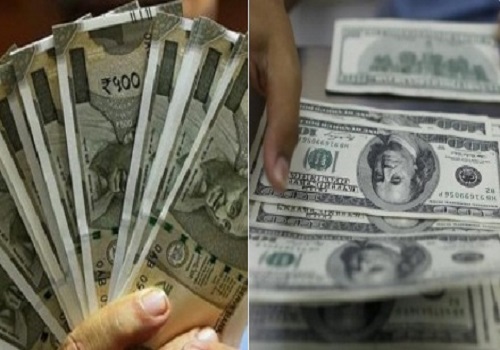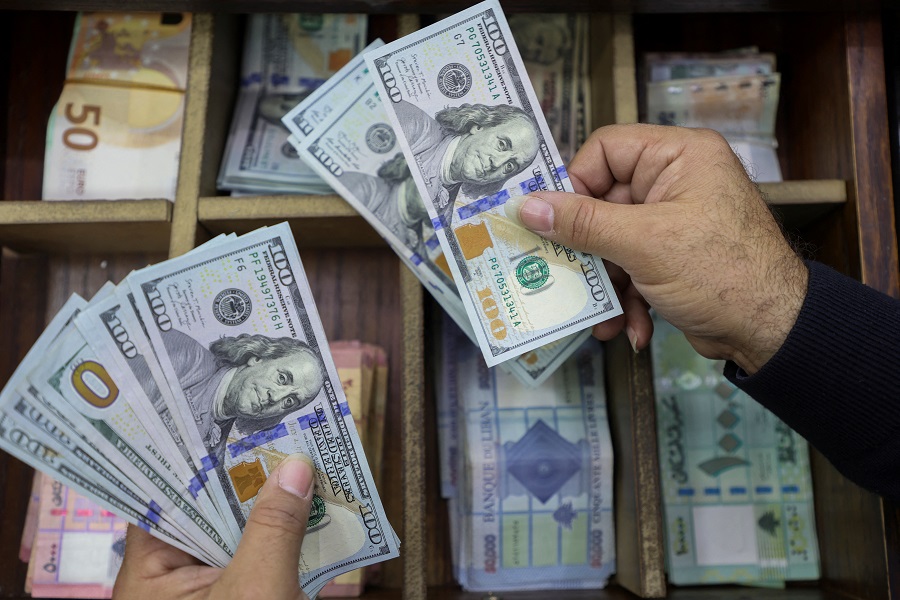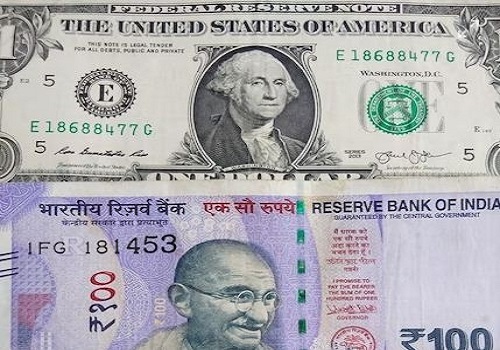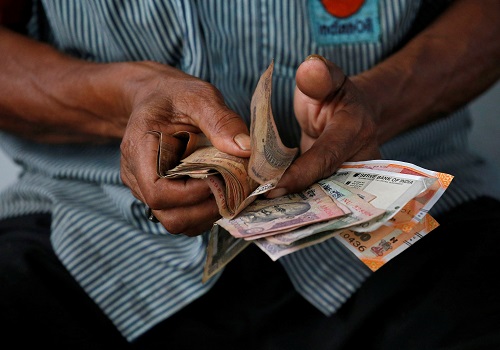Dollar firms past 150 yen as US, Japan rates outlook diverge
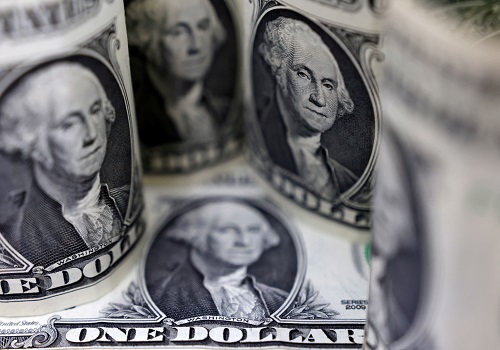
The yen was pinned near a three-month low against the dollar on Tuesday as sticky U.S. inflation bolstered the case for higher-for-longer interest rates, contrasting with a recession in Japan and market doubts about a near-term exit from its easy policy.
In Asia, China's loan prime rate (LPR) decision takes centre stage, where it is widely expected to trim its benchmark mortgage reference rate to shore up the country's faltering economic growth.
Ahead of the outcome, the offshore yuan edged marginally lower to 7.2143 per dollar.
The greenback last bought 150.25 yen, having already surpassed the psychological 150 per dollar level for six straight sessions and prompting warnings from Japanese officials in a bid to stabilise the currency.
Higher-than-expected U.S. producer prices and consumer prices data last week further scaled back market expectations of how soon, and by how much, the Federal Reserve could ease interest rates this year, with futures pointing to just about 90 basis points worth of cuts in 2024, down from about 160 bps at the end of last year.
On the other hand, Japan's economy, which unexpectedly slipped into a recession in the final quarter of last year on sluggish consumption and capital expenditure, has prompted investors to rethink the chances of a near-term exit by the Bank of Japan (BOJ) from its ultra-loose monetary policy.
"At the moment, the data coming in from Japan is telling us that it's not as rosy as what the BOJ would like to see in order to begin moving away from negative interest rates," said Rodrigo Catril, senior currency strategist at National Australia Bank (NAB).
In the broader market, the dollar edged higher, though moves were largely subdued due to Monday's holiday in the United States for Presidents' Day.
Against the greenback, the euro fell 0.09% to $1.0770, while sterling dipped 0.06% to $1.2588.
The New Zealand dollar eased 0.11% to $0.6143.
"We're still stuck in these ranges to some extent, and waiting for more meaningful or material data to swing us one way or the other," said NAB's Catril. "So for that, data coming from the U.S. remains paramount."
In the bond market, U.S. Treasury yields ticked higher in response to last week's inflation data and the repricing of Fed expectations. [US/]
The benchmark 10-year yield rose about 2 bps to 4.3166%, while the two-year yield steadied at 4.6565%.
The dollar index, a measure of the greenback against major peers, rose 0.03% to 104.33.
Down Under, the Australian dollar fell 0.14% to $0.6531.
Minutes of the Reserve Bank of Australia's February meeting out on Tuesday showed policymakers considered hiking rates by another quarter-point, but decided to hold steady given progress had been made on inflation and the labour market was loosening faster than expected.















